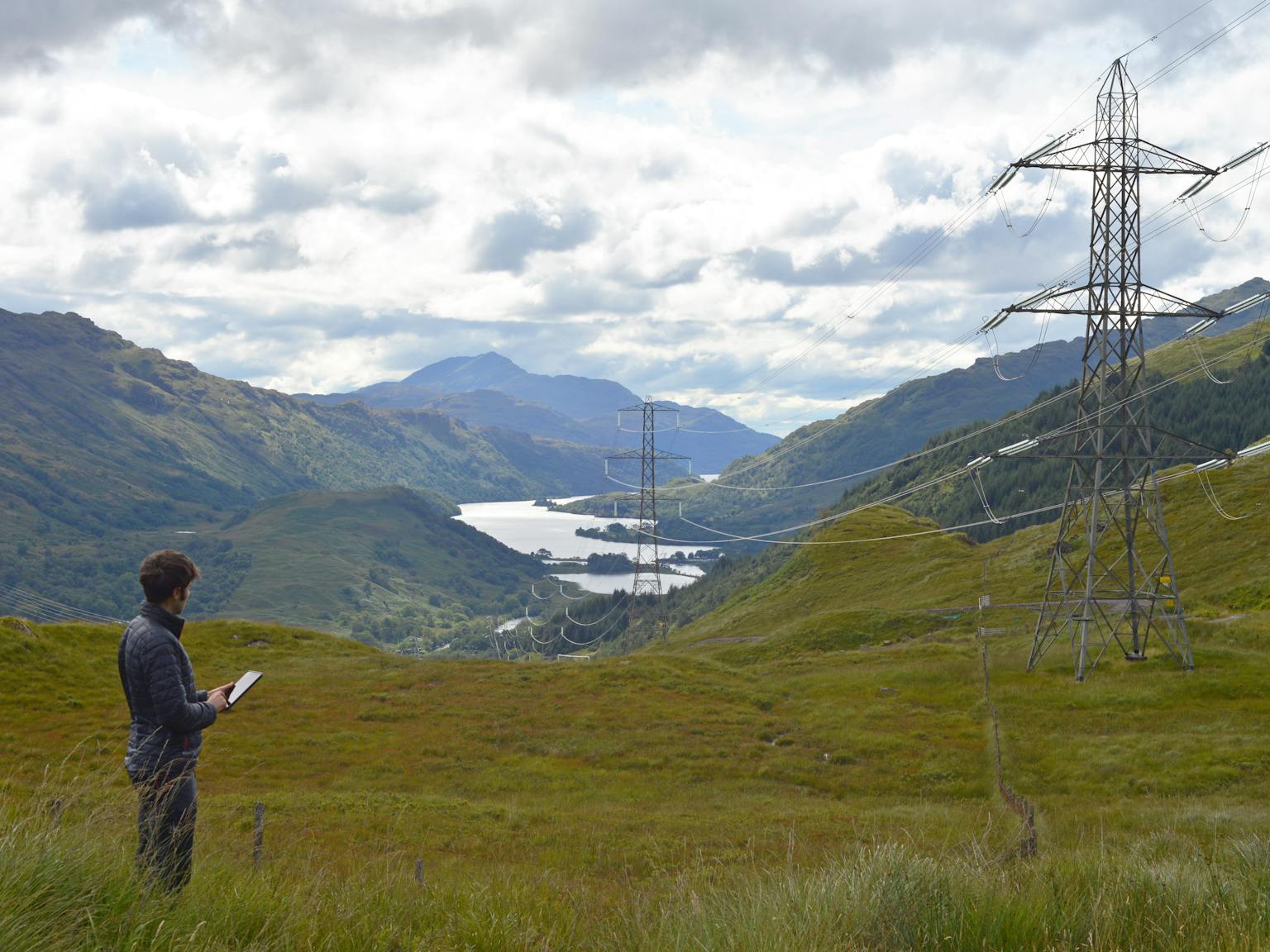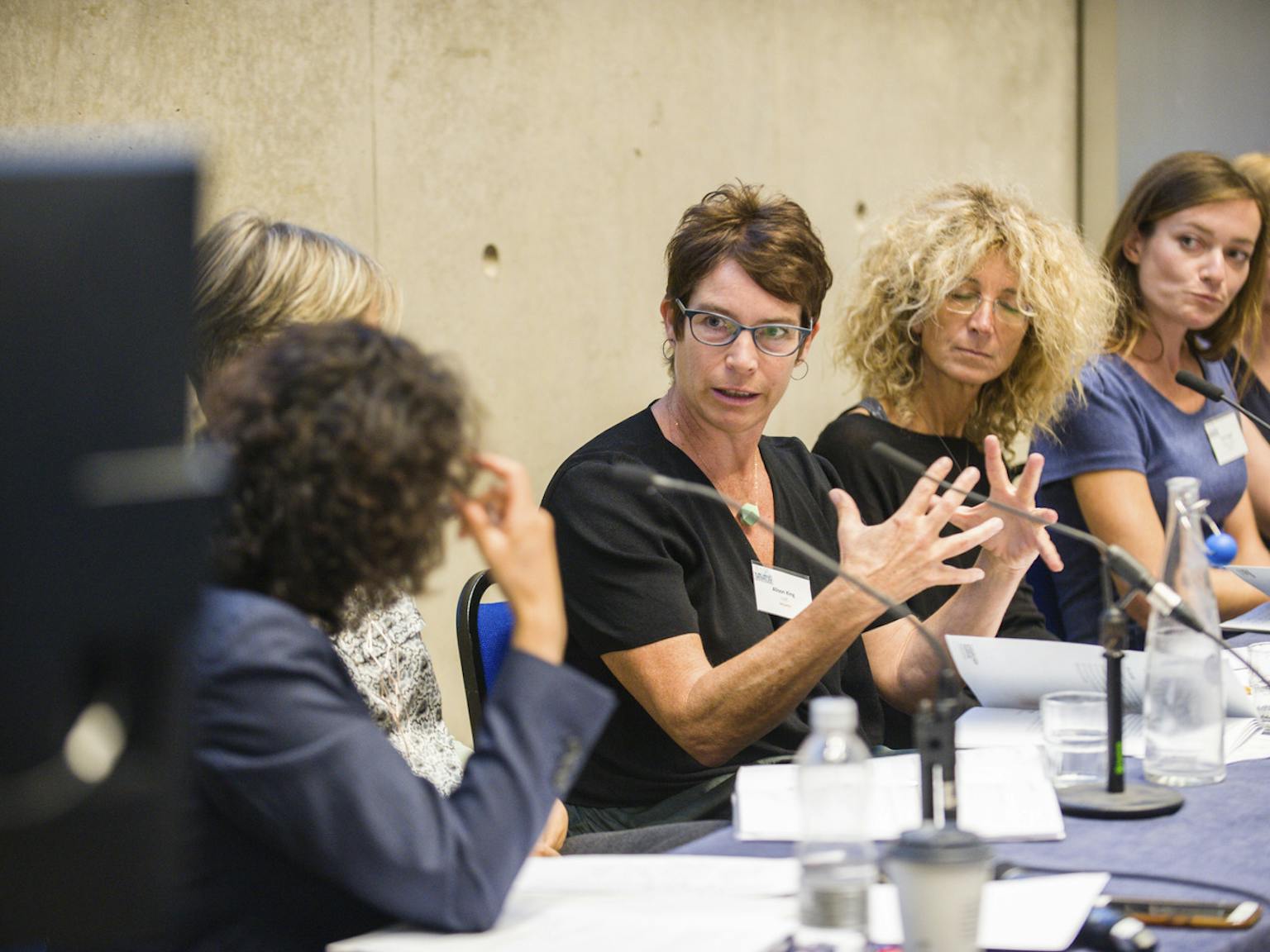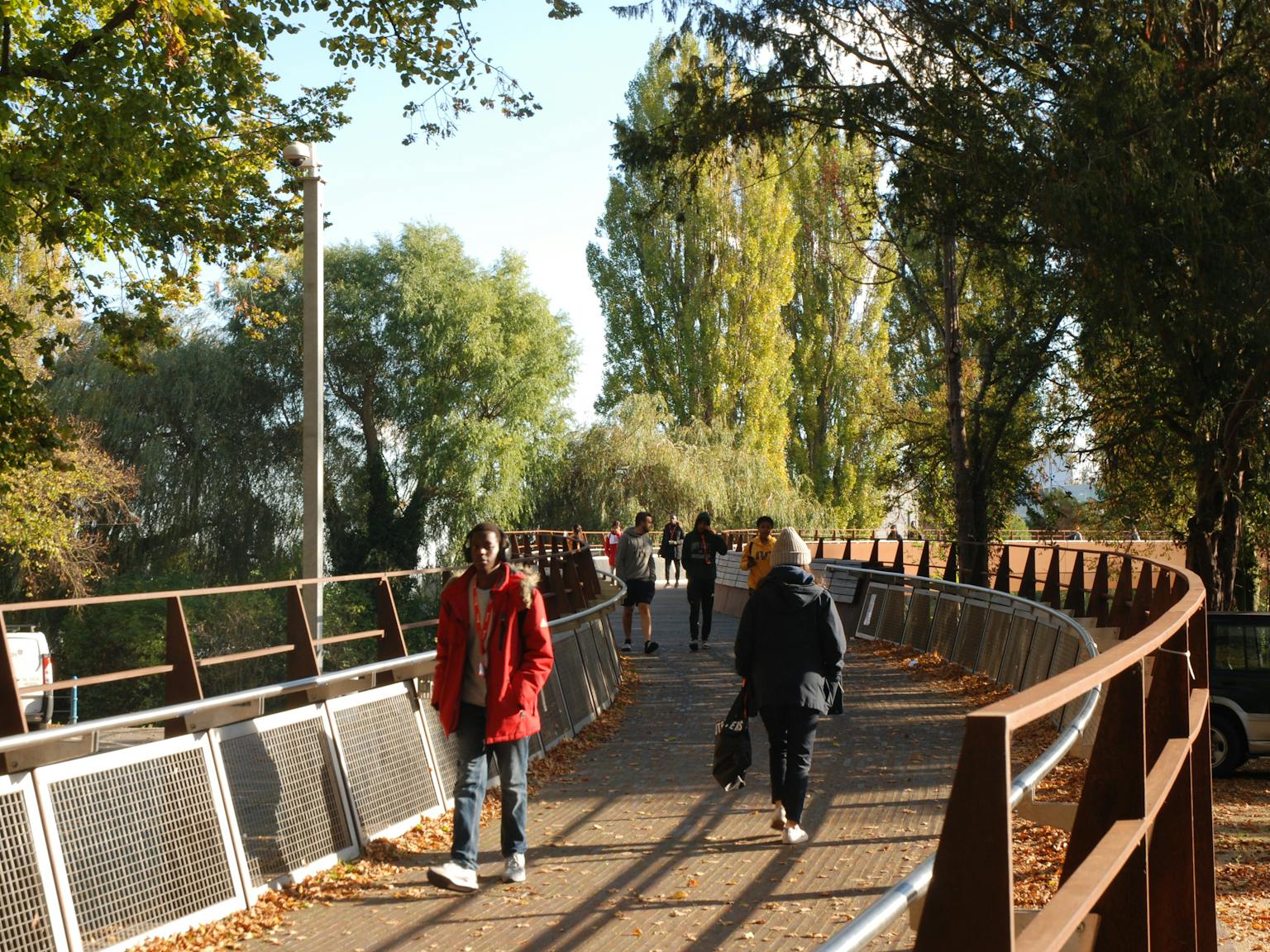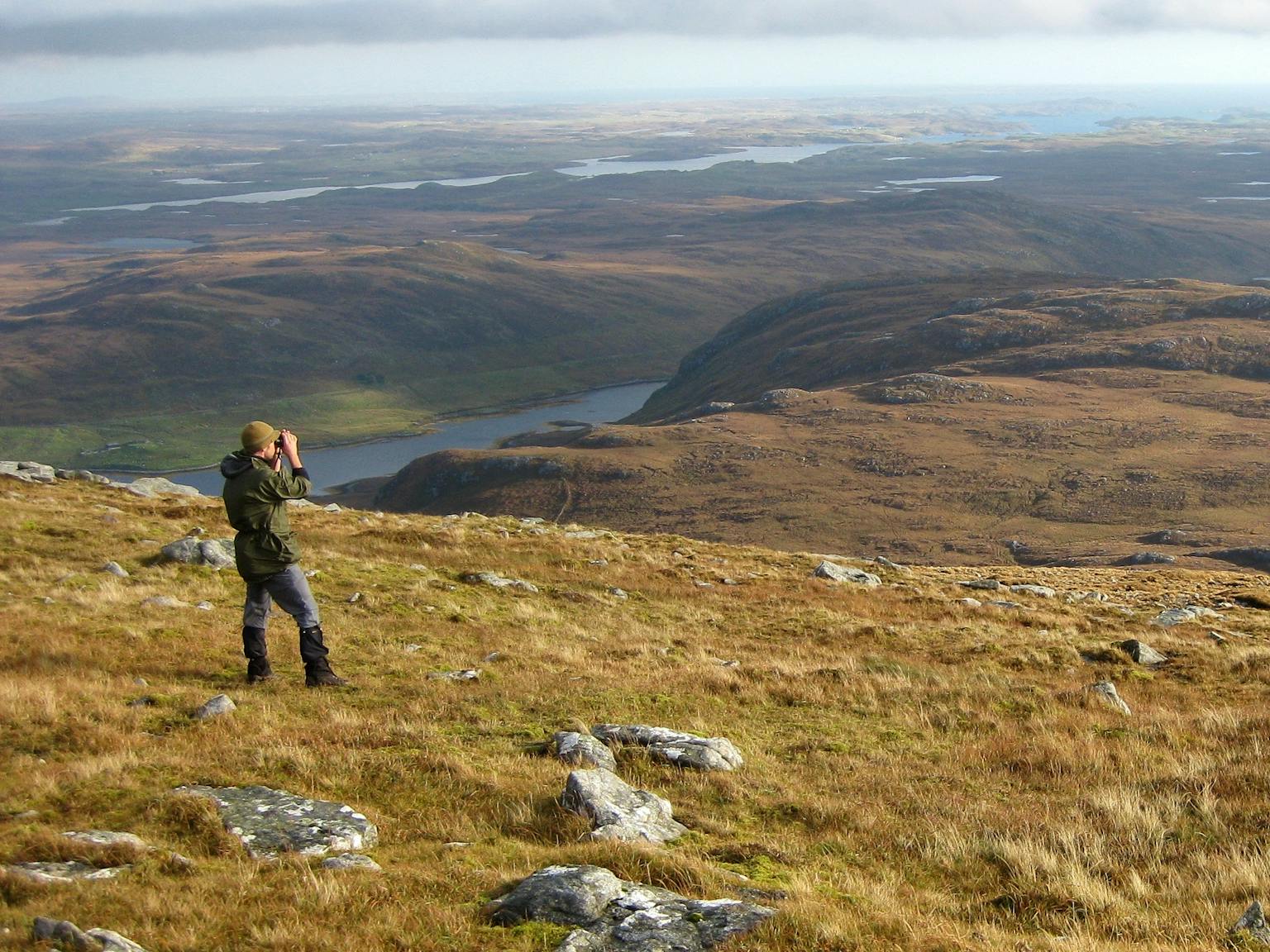
Updated NPPF: Does it reflect the biodiversity emergency?
The Government recently published a refreshed version of the National Planning Policy Framework (NPPF). As the biodiversity emergency continues to grow, does the updated NPPF reflect this?
In paragraph 180 section c), the wording has now been strengthened around developments that have a primary objective to conserve or enhance biodiversity, meaning that the text now specifies that opportunities should be sought to improve biodiversity in and around developments. The wording has also been provided to ensure that these opportunities are integrated as part of the design, particularly where measurable net gains for biodiversity can be secured. As well as securing measurable net gains for biodiversity, projects should also seek to enhance public access to nature where possible. This tells us that the NPPF is moving towards the consideration of broader environmental net gain in future developments.
Infrastructure projects (including NSIPs, orders under the Transport and Works Act and hybrid bills), where the public benefit would clearly outweigh the loss or deterioration of habitats will be the only exception to the refusal of development resulting in the loss or deterioration of irreplaceable habitats.
What does this mean for forthcoming development?
- Developments must now integrate improvements and net gains for biodiversity into design from the outset. Net gains for biodiversity should be measurable and achievable with proposals considering the wider impact to the public by seeking to enhance public access to nature.
- Irreplaceable habitats will continue to be afforded the greatest level of protection with the only development exceptions being those projects where the public benefit would outweigh the loss or deterioration of irreplaceable habitats. Projects will be required to provide detailed justification for the loss of irreplaceable habitats by demonstrating an overriding public need. The decision-maker will take into account the nature, scale and setting and whether it could have a significant adverse impact on the purposes for which the area has been designated and defined.
To talk to us about biodiversity, speak to Ella Moseley.










